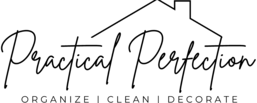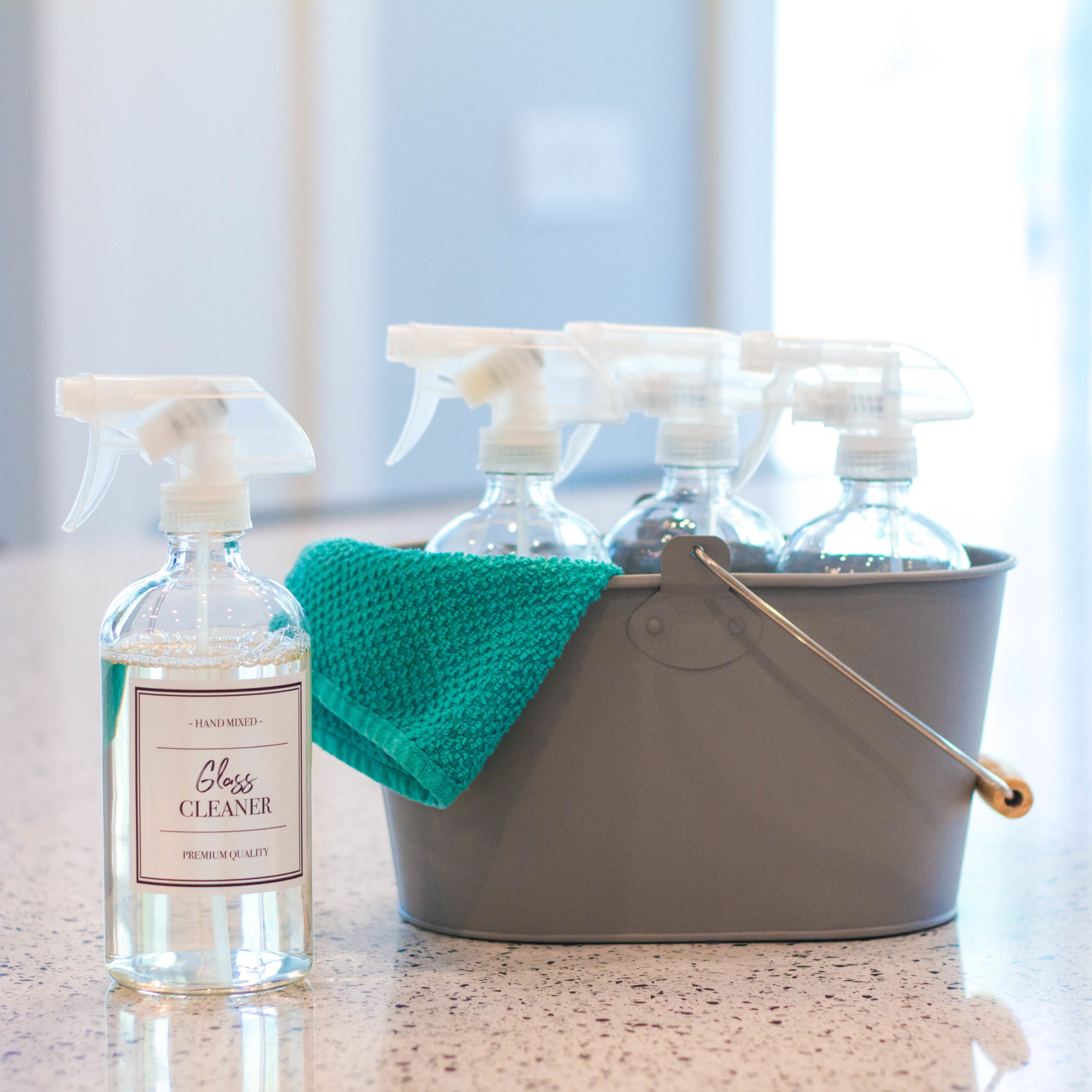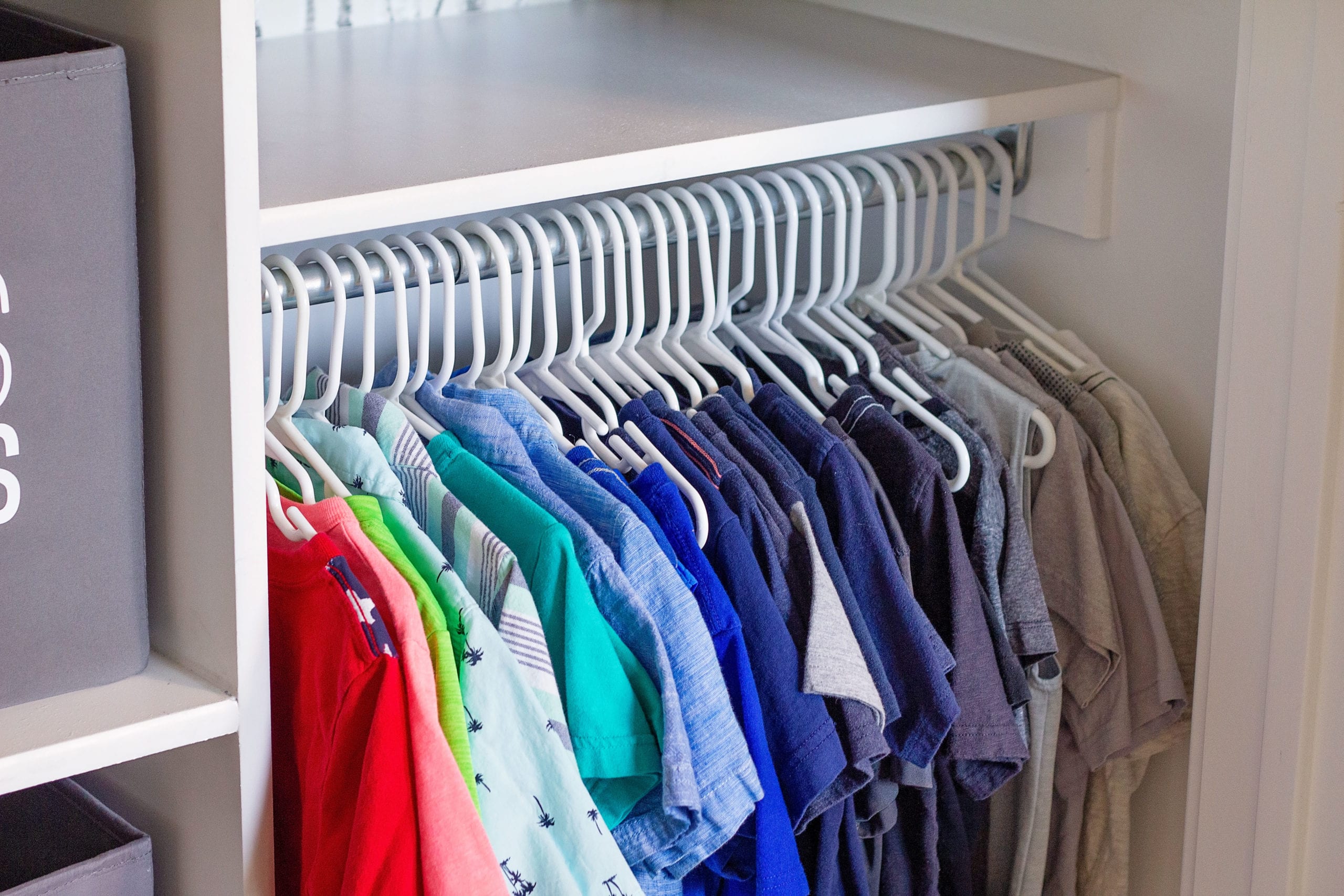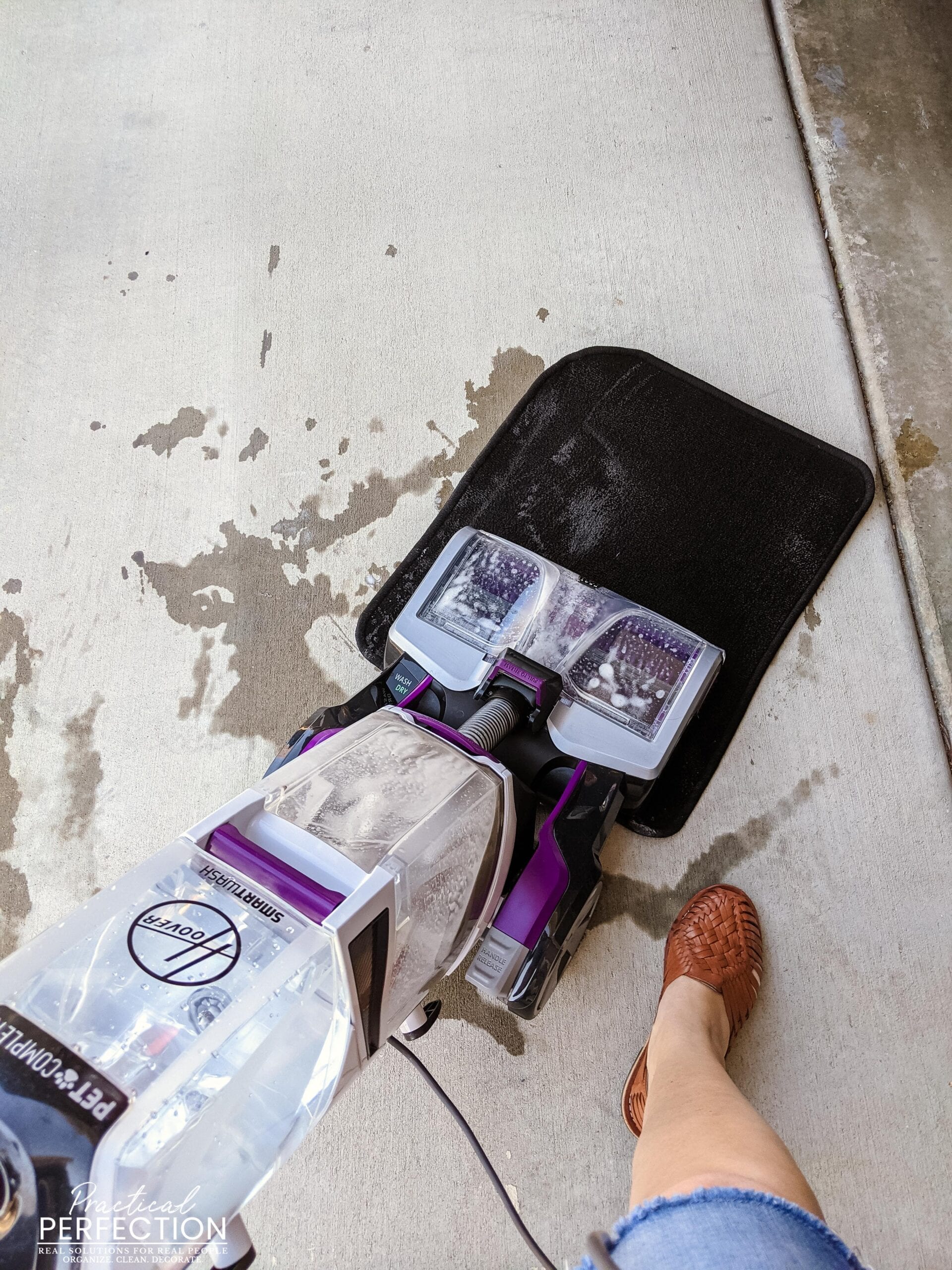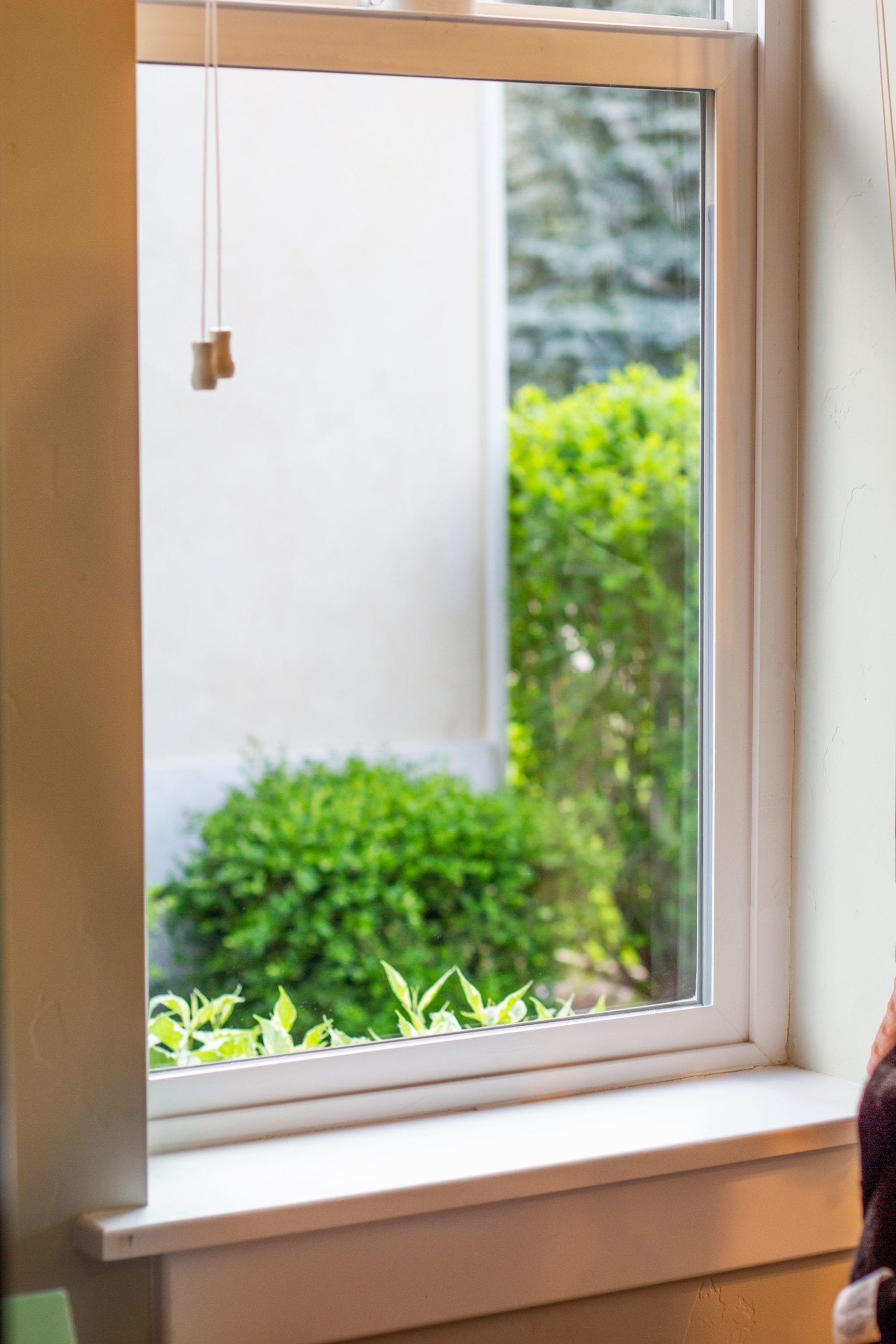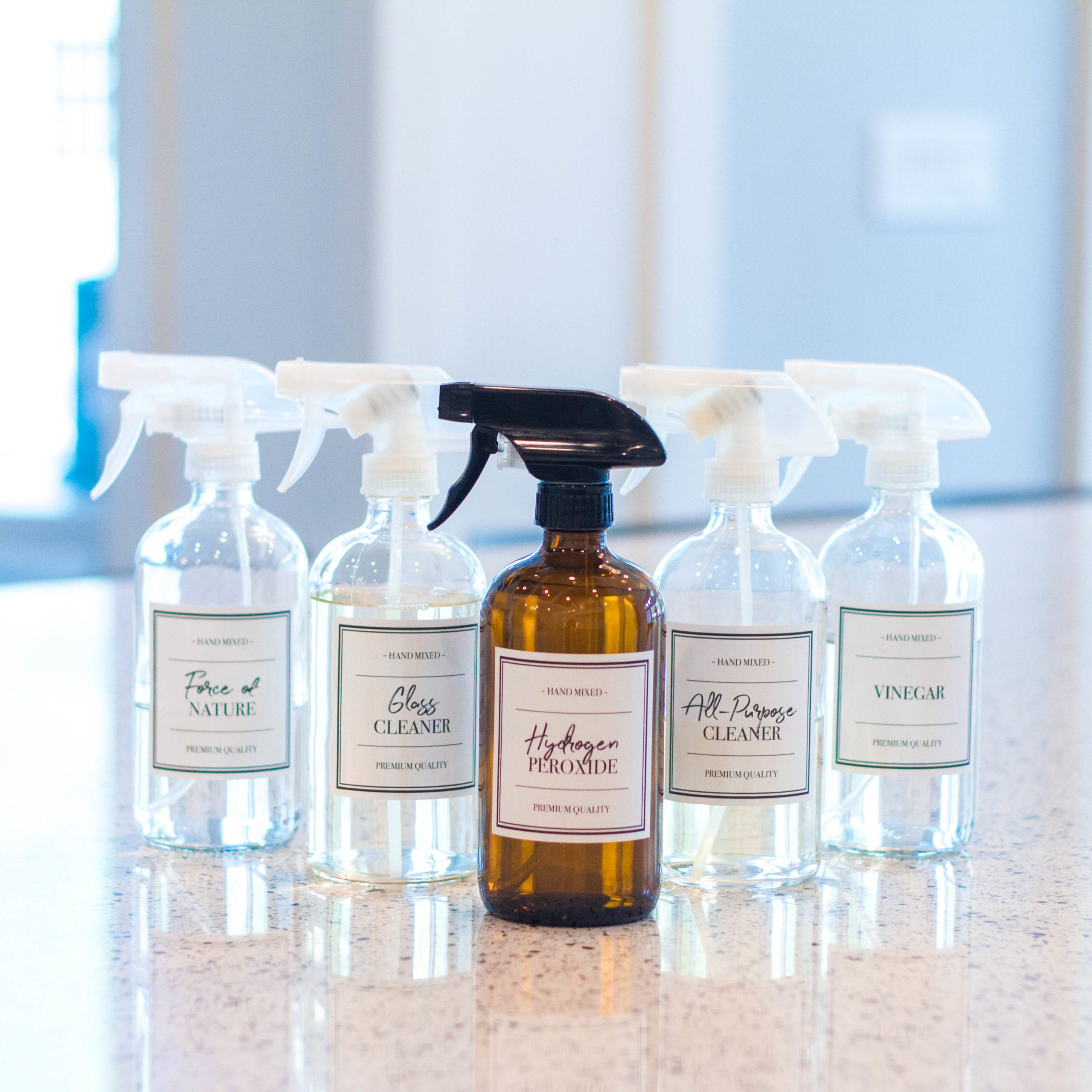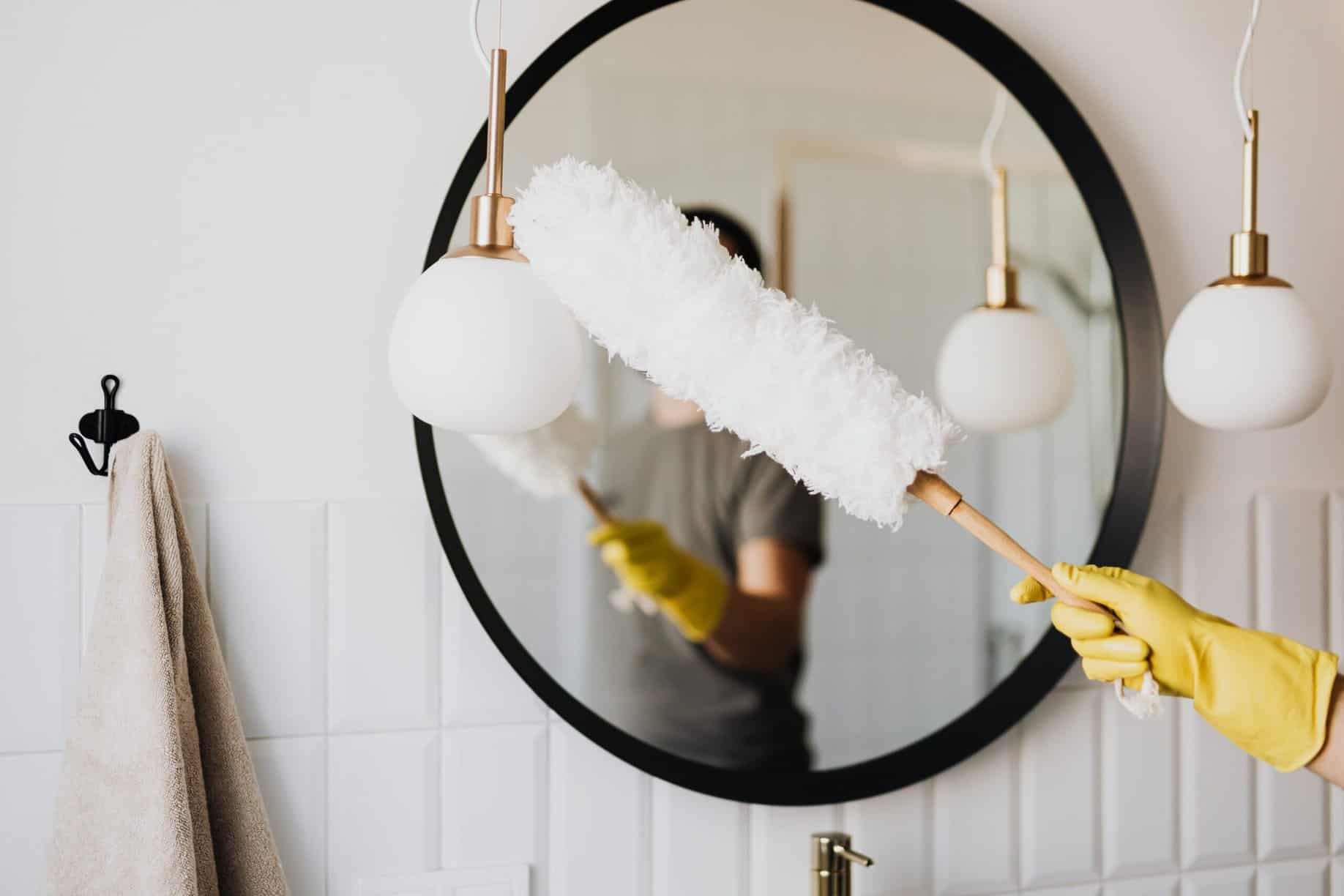10 Tips for Cleaning and Organizing Your Home When You’re on a Budget
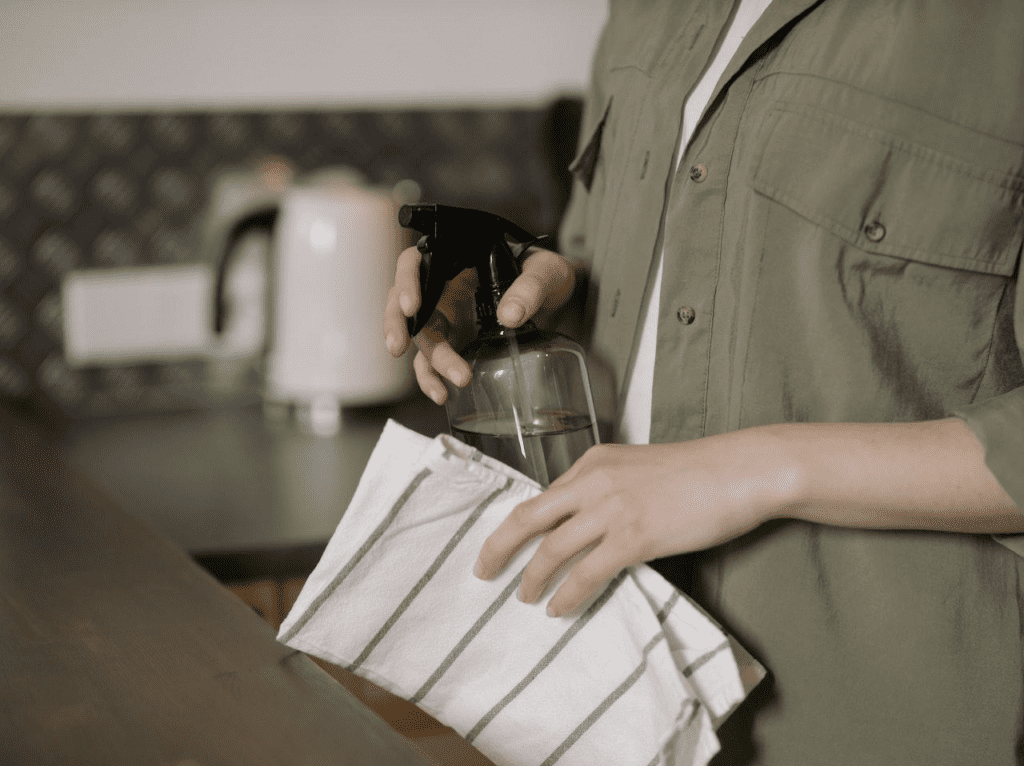
When cleaning and organizing your home, you’ll be forgiven if you focus on superficial, surface-level cleaning, vowing to do a thorough deep clean when you have the time (and money!)
But, cleaning and organizing your home should be a priority. Not only is a clean, well-organized home good for your health and mental well-being, but an organized living space can save you money by reducing waste and saving you time.
If you’ve not cleaned in months and require an intense deep clean, you may need to hire professional cleaners or equipment. For example, you might need to rent a steam cleaner or hire a professional carpet cleaner.
If this is out of your budget, it may be worth taking a loan because it’ll get worse the longer you leave it. Investigate personal installment loans since they’re versatile, and you can use them for anything, including getting your house in order.
Once your house is sparkling clean, you can get organizing. Organizing helps you to declutter, get rid of the things you no longer need, and store the things you do need in a way that they’re easy to find.
Follow these handy tips to clean and organize your home on a budget:
- Clean Regularly
To maintain a clean home effectively, prioritize regular cleaning. Incorporate cleaning into your routine instead of letting your entire house become disorganized. In addition to daily tasks like dishwashing and surface wiping, establish a systematic approach by assigning specific days for cleaning each room or area on a weekly, bi-weekly, or monthly basis. For example, carpets and bed linens should be cleaned once or twice a week, while fridges and cabinet shelves may only require monthly or even less frequent cleaning.
The frequency of your cleaning routine depends on various factors such as the number of occupants, the presence of pets, and your geographic location. If you reside in a dusty environment, more frequent sweeping or vacuuming might be necessary.
In addition to setting a cleaning schedule, it’s also important to promptly address spills and messes. Cleaning up a spill immediately with a damp cloth is usually effortless. However, if left unattended, it can harden, necessitating the use of detergent and elbow grease for removal.
2. Air Out the House
Thanks to temperature control systems and thermostats, many people rarely open their windows, but just opening them can bring in fresh air. Even during winter, consider briefly opening the windows to remove stale air.
Allowing fresh air into your home reduces the risk of bacteria, mold, and mildew taking hold. Prevention is key because removing these issues can be challenging and costly.
3. Swop Disposable or Single-Use Cleaning Materials for Reusable Ones
There’s no denying that single-use, disposable cleaning materials like wipes, paper towels, and disposable pads for your mop are convenient, but convenience comes with a price. Besides being bad for the environment since they end up in landfills after just one use, they are typically expensive.
Swop wipes and paper towels for rags, and use a mop that doesn’t have pads that need to be changed as frequently. It’s far cheaper to clean and disinfect cleaning materials and reuse them than to purchase an endless supply of disposable ones.
4. Use Household Items to Clean
Cleaning agents can be expensive, especially if you’re buying a detergent for a specific purpose, like a tile cleaner, carpet cleaner, furniture polish, etc. It’s far cheaper and often just as effective to make your cleaners with things you already have at home. Some everyday items you can use to clean include:
- Vinegar – Vinegar is usually cheap and makes an excellent multi-purpose cleaner. Add equal parts of water and white vinegar to a bottle and shake to mix it. Use this solution to clean your kitchen countertops, microwave, stove, floors, windows, sinks, and bathtubs. Avoid using vinegar to clean natural stone like marble, granite, and wood, as the acidity can damage the surface.
- Lemon – Lemon is a natural disinfectant. To clean your microwave, slice a lemon, and put it into a bowl of water. Put the bowl in the microwave and turn the microwave on for about ten to fifteen minutes. Then remove the bowl and wipe down the inside of the microwave with a cloth. The lemon disinfects and removes smells. Clean wooden surfaces by chopping a lemon in half and rubbing the fleshy part again the surface. Lemon can also be used to clean your dishwasher. Place lemon slices in the dishwasher, and run a cycle empty.
- Baking Soda – Baking soda is another inexpensive, common household item that’s great for cleaning. To remove oil stains from carpets, sofas, or upholstery, sprinkle a few spoons of baking soda on the stain and leave it overnight. The baking soda will absorb the oil, and you can wipe it away the following day. Another way to use baking soda is to make a paste by combing it with water. You can use this paste to cut through grease, and clean the shower floor, drains, and sinks.
5. Know What Store-Bought Detergents to Buy
If you prefer store-bought cleaning products over household alternatives and want to save money, you can do so by making thoughtful purchasing choices. In many instances, generic brands prove to be just as effective as their branded counterparts. Additionally, selecting multi-purpose detergents available in bulk quantities, rather than smaller bottles designed for specific items, can further reduce your expenses.
6. Deodorize Your Home Naturally
Many people enjoy adding a scent to their homes by lighting candles or spraying air fresheners. While these may add a lovely ambiance to your home, candles, especially good quality ones, are expensive, and air fresheners may cause allergies.
An easy way to deodorize your home is to use things you already have in your kitchen. Place a heavy-bottomed pot onto the stove and add any herbs, spices, fruit, and aromatics you like. Experiment to find your favorite combinations.
Fancy citrus notes? Slice up some oranges and add them to the pot of water with ginger. Or try cinnamon sticks with apple peels, or keep it simple with a bit of vanilla. Let the water boil, then bring it down to a low simmer for a few hours. Your home will smell heavenly!
7. Allow Linens and Carpets to Air-Dry
Using a dryer guzzles a lot of power! You don’t need mid-summer temperatures to air-dry things. Watch the weather forecast and plan to wash your carpets and linens on warm and dry days.
If you can, wash your items early in the day and leave them out to dry. Even if it’s not the sunniest day, your carpets and linens should air dry in the wind.
Apart from saving your energy bill, air drying will preserve the lifespan of your linens and carpets.
8. Adopt a Six-Month or One-Year Rule
A large part of organizing is deciding what to keep and toss. Many people struggle with hoarding and giving up their possessions which have made for many popular TV shows but keeping things you don’t need leads to a disorganized, cluttered home.
One way to approach this is to adopt a six-month or one-year rule – if you’ve not used something in six months or a year, it may be time to let it go.
If you’ve not used an everyday item like crockery or cutlery in six months, consider giving it away. Give yourself a year for seasonal items like heaters and coats. You may want to hold onto special-occasion or holiday things that you only bring out over the holidays, but if you’ve not used them in a few years, you probably don’t need them.
9. Tackle One Area at a Time
Similar to the process of cleaning, it’s beneficial to approach home organization with a deliberate strategy. Trying to tackle everything simultaneously can lead to feelings of overwhelm and fatigue. In an effort to expedite the process, you might be tempted to haphazardly stash items into drawers or cabinets just to clear the immediate space. However, this approach is counterproductive.
To enhance your efficiency, consider focusing on one specific area at a time, whether it’s a closet, cabinet, or room. Begin by emptying the contents of a single cabinet, rather than attempting to empty them all at once. Methodically sift through the items, making decisions about what to retain and what to discard. Store away the belongings you intend to keep, set aside those items designated for donation or disposal, and then proceed to the next designated area.
10. Get Creative with Storage Solutions
Optimizing home organization doesn’t always necessitate the acquisition of new storage containers. Instead, consider exploring your existing resources for repurposing and reusing. Cardboard shoe boxes, for instance, serve admirably in storing a variety of items, ranging from socks to stationery. If you’re concerned about their appearance, you have the option to embellish them with wallpaper or wrapping paper.
Another creative idea involves revitalizing old coffee jars with a fresh coat of spray paint. These transformed jars can then be employed to house cutlery, dry ingredients, or even serve as decorative vases. Numerous items that are often discarded can effortlessly find new life as stylish storage solutions.
Final Thoughts
Cleaning and organizing your home may be at the bottom of your list of priorities, especially if you’re on a tight budget, but it shouldn’t be! Having a clean, organized house has many benefits and can save you time and money in the long run.
References
- Moneycrashers: How to Organize and Declutter Your Home (on a Budget)
- Housebeautiful: 15 budget cleaning hacks you wouldn’t believe actually work
- Myuniquehome: 10 Ways to Organise Your Home on a Budget
- Tsishipping: How to Organize your Home on a Budget
- Thebudgetdiet: The Ultimate Guide to Cleaning Your Home on a Budget
